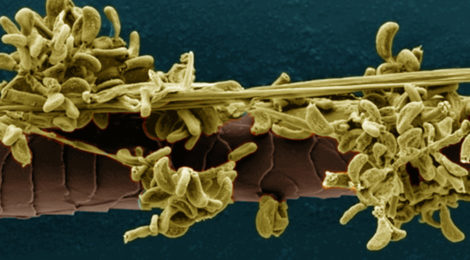
Multiscale model of regional population decline in little brown bats due to white‐nose syndrome
The introduced fungal pathogen Pseudogymnoascus destructans causes White-nose syndrome in North American bats, putting some populations at risk for extinction or extirpation. The severity of the epidemic has prompted investigation of the transmission and virulence of infection at multiple scales, but linking these scales is necessary to quantify the mechanisms of transmission and assess population‐scale declines. We built a model connecting local disease dynamics of little brown bats to regional dispersal, reproduction, and disease spread. Results of the model, once fit to data, are consistent with frequency‐dependent transmission between bats, an important role for environmental transmission, and very little effect of dispersal among colonies on metapopulation survival. Additionally, these results helped identify the most influential parameters and largest sources of uncertainty. Multiscale modeling is uncommon in theoretical ecology, but a potentially very useful tool for understanding the real-world dynamics of a wide range of systems.
Kramer, A.M. C. Teitelbaum, A. Griffin, & J.M. Drake. 2019. Multi-scale model of regional population decline in little brown bats due to White-nose syndrome. Ecology & Evolution. [online]





